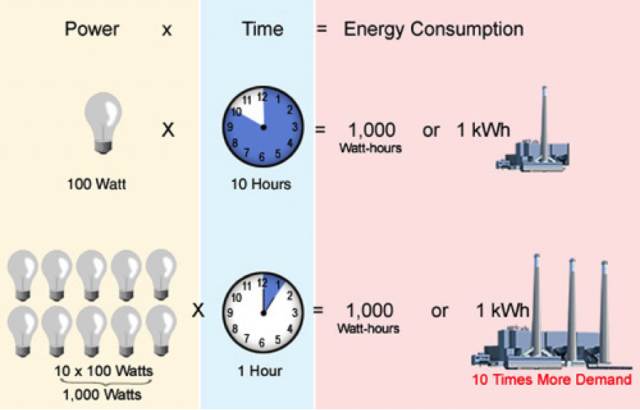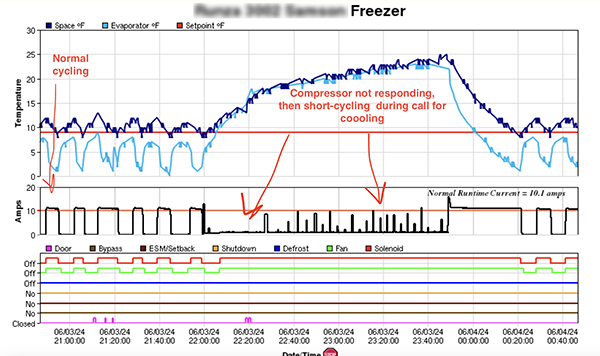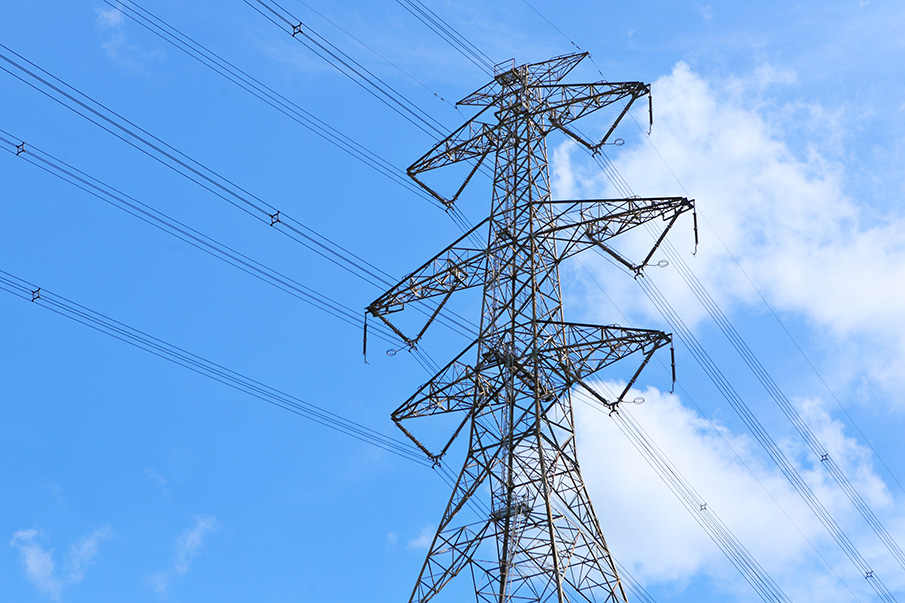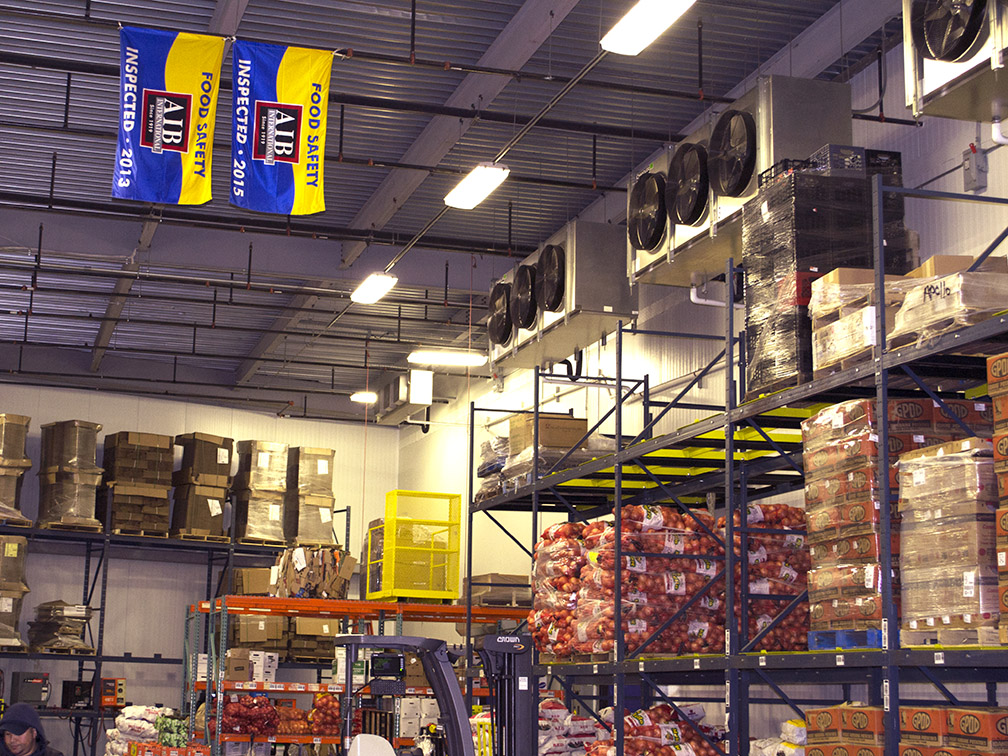For any number of reasons in today’s competitive markets, businesses with commercial refrigeration are seeking proven, consistent solutions to reduce their energy usage and conversely improve their bottom line. In nearly every case, this is achieved through enhancing the system’s operational efficiency.
For many, the comprehensive benefits of enhancing their refrigeration system’s performance are too large to ignore: not only does your system perform more efficiently, but excess costs on your utility bill due to unnecessary overuse are recaptured as added profit, your system’s components are upgraded to newer, more efficient parts where necessary which could lower future maintenance or replacement costs, your food safety and product freshness control is drastically improved, and you’re doing more to help save the planet.
Throw in the fact that many state utilities offer incentive programs for efficiency projects, and it’s easy to understand why so much attention is being shown to efficiency solutions nowadays.
But there is no denying that the process of learning about or finding an efficiency solution can be overwhelming. From determining which utility program is best for your business, to which components need upgrades, to which type of energy reduction is ideal for the most savings, a guiding hand is needed sometimes.
This blog post will dive into an important topic from the first stage of determining an appropriate efficiency solution for your business: will a solution reducing peak energy demand or a solution reducing overall energy consumption be more effective for my business?
According to National Grid, there is a very short and sweet distinction between the two:
kW is the rate of using electricity (Demand).
kWh is the electrical energy actually used (Consumption).
For your commercial and industrial usage, why do you need to be aware of both? What is either’s actual impact on your utility expenses?
Well, for National Grid customers (to use one utility), “both consumption and demand charges are part of every electricity consumer’s service bill. Residential customers pay one rate of charges for electricity service, covering both consumption of electricity and demand. This simple, combined charge is possible because there is relatively little variation in electricity use from home to home.
This is not the case among commercial and industrial energy users, whose electricity use—both consumption and demand—vary greatly. Some need large amounts of electricity once in a while—others, almost constantly. Complicating this is the fact that electricity cannot be stored. It must be generated and supplied to each customer as it is called for—instantly, day or night, in extremely variable quantities.”
It’s apparent why understanding the differences between the two and then determining where your area for greatest savings exists is crucial before undertaking an efficiency project. A McDonald’s restaurant has a completely different energy profile than Fenway Park. In some cases, it’s like comparing fuel requirements for a Boeing 747 to a one-person moped.
But here are two examples, one from National Grid, and one from Think Energy Management, to illustrate how each can impact your utility expenses.
“Suppose you have a commercial building with lighting, cooling, machinery, and miscellaneous electric equipment. Its fully installed load totals 15 kW. You are not using the building and have no employees. On the first day of each month, you come into the building and turn on all electrical equipment and leave it on for 15 minutes. Then you shut everything off again and lock up the building until the following month. What would your electric bill look like? It would show very little consumption; in fact, only 4 kWh, at a cost of about 28 cents.
But what about your demand charge? At an average cost of $8.32 per kW and the meter reading at 15 kW, the demand charge would be $124.80.”
An exaggerated example from National Grid, to be sure, but it’s a clear illustration of the difference between the demand and consumption.
The Think Energy Management example provides even more detail about the differences:
“LIGHTING EXAMPLE: One 100-watt light bulb burning for 10 hours consumes 1,000 watt-hours or 1 kWh. The entire time it is on, it requires or “demands” 100 watts or 0.1 kW from the utility. That means the utility must have that 0.1 kW ready whenever the customer turns the lamp on.
Similarly, ten 100-watt light bulbs burning for 1 hour consume 1,000 watt-hours or 1 kWh.
Note that in both examples, the consumption is 1 kWh, however, look how differently the second situation impacts the utility from a demand perspective. The serving utility must now be prepared to provide ten times as much ‘capacity’ in response to the “demand” of the 10 light bulbs operating all at once.
If both of these customers are billed for their consumption only, both will get the same bill for 1 kWh of energy. And that is the way most residential customers are billed. But the requirement for the utility to meet this energy requirement is very different. In the second case, the utility has to have 10 times more generating ‘capacity’ to provide the second customer’s brief high demand for power compared to the first case.”
As you can see, a lot goes into the consideration of which to address but it starts with analyzing your utility bill and your realistic energy uses.
Most resources will mention how automated refrigeration control systems can be ideal efficiency solutions for reducing either, and in some instances, reducing both.
Some of these automated controls are adopting web-based application and parts 2 and 3 of this short blog series on consumption versus demand will provide real-world examples of how said web-based control systems can impact either utility expense. So stay tuned in!




